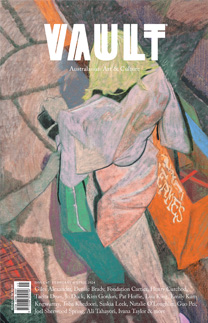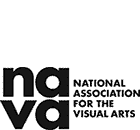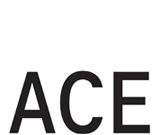Seth Birchall
Call of the Wild
The cryptic, multilayered paintings of Sydney artist Seth Birchall are in thrall to the mysticism and magic of the natural world.
For a year, Seth Birchall hid a tiger’s eye gemstone
in the crevice of his wallet. “It was a caramel pebble with toffee streaks – a friend gave it to me and told me to keep it close for prosperity,” he tells me. After noticing he had saved more money than usual, he decided to remove it. “It feels like my good luck rubbed off after that tiger’s eye left my life,” he laments, “I have to find another lucky charm now.” Although Birchall doesn’t strike me as an overly superstitious person, he does lay claim to “going along for the ride” when it comes to mysticism.
As a painter, Birchall hat-tips towards the Modernist avant-garde era, with Symbolist and Romanticist proclivities. Describing his gesture as “scumbly, potentially naive, and rife with clichés,” he probes the tropes of escapist scenery and animal folklore, using a lashy colour fermentation to skew the vantage points of land, water, and sky. We see waterfalls piling into luminous prisms in Gilman Landscape #2 (2014–2016), night skies gooping over slanted mountains in Purple Moonrise (2016), and hills dwarfed by fat, swollen mushrooms in Ways of Relaxing (2017). In other works, cabins are swallowed by dense forests, snakes coil clandestinely around trees, and a lone adventurer roams nomadically, free of life’s constraints.
We’re at Sydney’s Birmingham Street Studios, where the 36-year old artist keeps a white-tiled space strewn with coffee cups. On his workbench, among squished paint tubes, lie his go-to reads: Cabin Porn, Colour Mixing Bible and Ways of Seeing. Thorny plants slink across bubble-wrapped canvases.. Subscribe to read this article in full

























